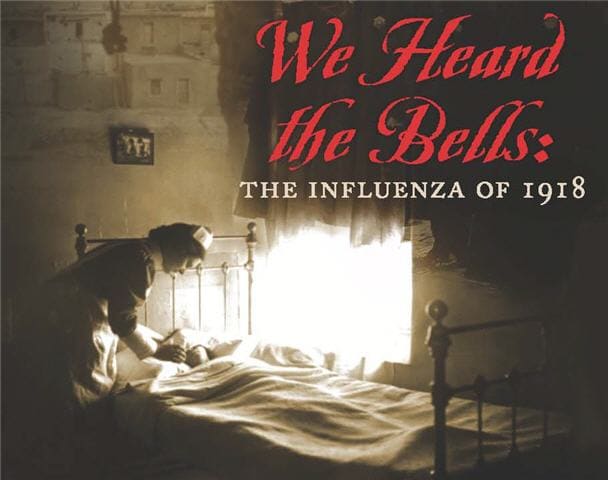Past Pandemics
1918 Pandemic (H1N1 virus)
The 1918 H1N1 influenza pandemic was the most severe pandemic in recent history. The origin of the virus causing this pandemic is unknown. It spread simultaneously through North America, Europe, and Asia in three waves during 1918-1919. In the United States, it was first identified in military personnel in spring 1918. It is estimated that about 500 million people or one-third of the world’s population became infected with this virus. The number of deaths was estimated to be 50-100 million worldwide and 675,000 in the United States. Mortality was high in people younger than 5 years old, 20-40 years old, and 65 years and older. The high mortality in healthy people, including those in the 20-40 year age group, was a unique feature of this pandemic. While the 1918 H1N1 virus has been synthesized and evaluated, the properties that made it so devastating are not well understood. With no antibiotics to treat secondary bacterial infections that can be associated with influenza infections or vaccine to protect against influenza infection, control efforts worldwide were limited to non-pharmaceutical interventions such as isolation, quarantine, good personal hygiene, use of disinfectants, and limitations of public gatherings.
1918 Additional Resources
- Pandemic Influenza Storybook
- The Deadly Virus: The Influenza Epidemic of 1918
- Toxic Traces: What Made the 1918 Influenza Virus so Deadly?
- Pandemic Influenza—Past, Present, Future: Communicating Today Based on the Lessons from the 1918-1919 Influenza Pandemic[1.72 MB, 47 Pages]
- The American Experience: Influenza 1918
- Influenza of 1918 (Spanish Flu) and the U.S. Navy
- Glezen WP. Emerging infections: pandemic influenza. Epidemiol Rev. 1996;18(1):64-76.
- Kilbourne ED. Influenza pandemics of the 20th century. Emerg Infect Dis. 2006 Jan;12(1):9-14.
- Taubenberger JK, Morens DM 1918 influenza: the mother of all pandemics. Emerg Infect Dis. 2006;12:15–22























.png)











No hay comentarios:
Publicar un comentario